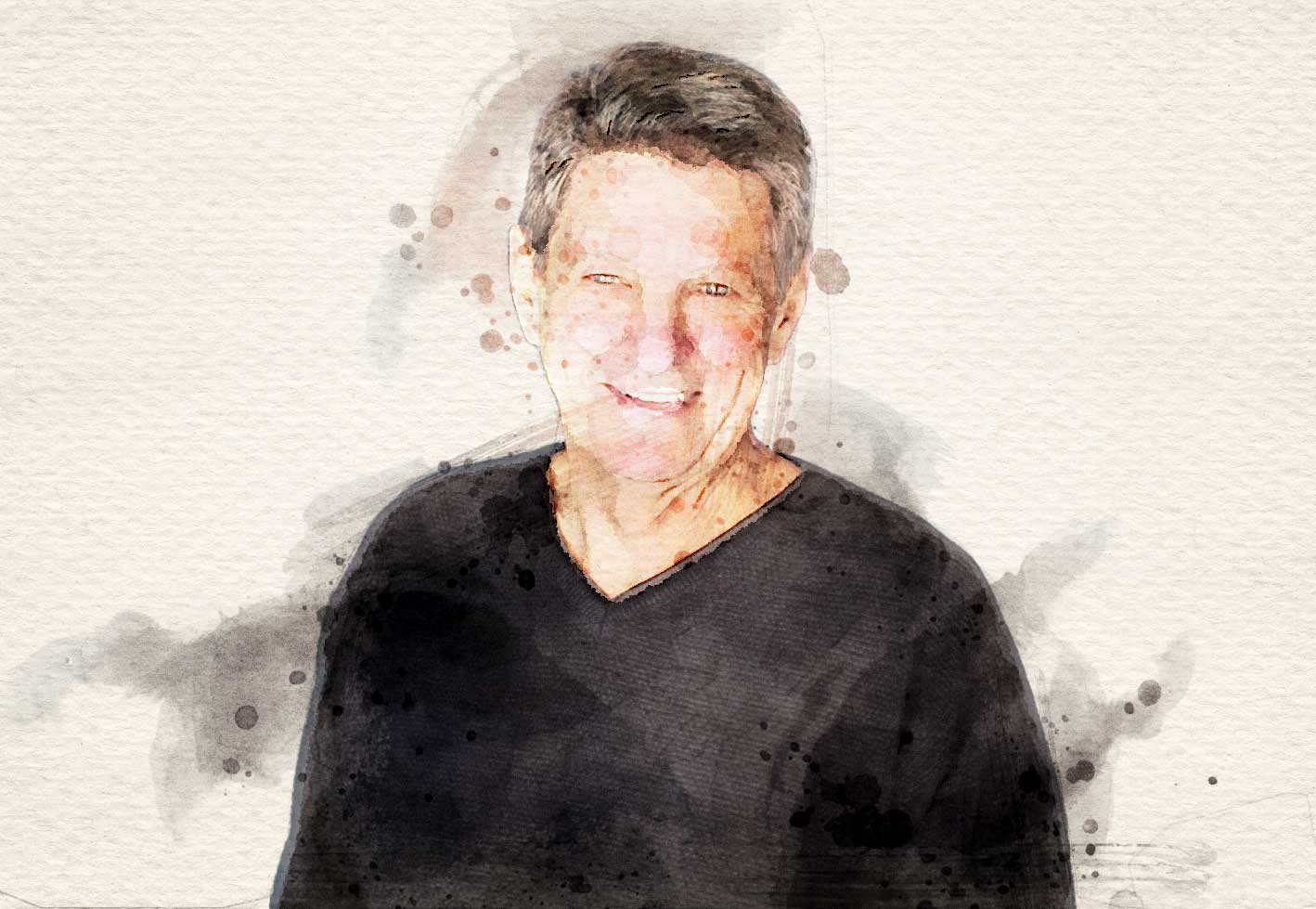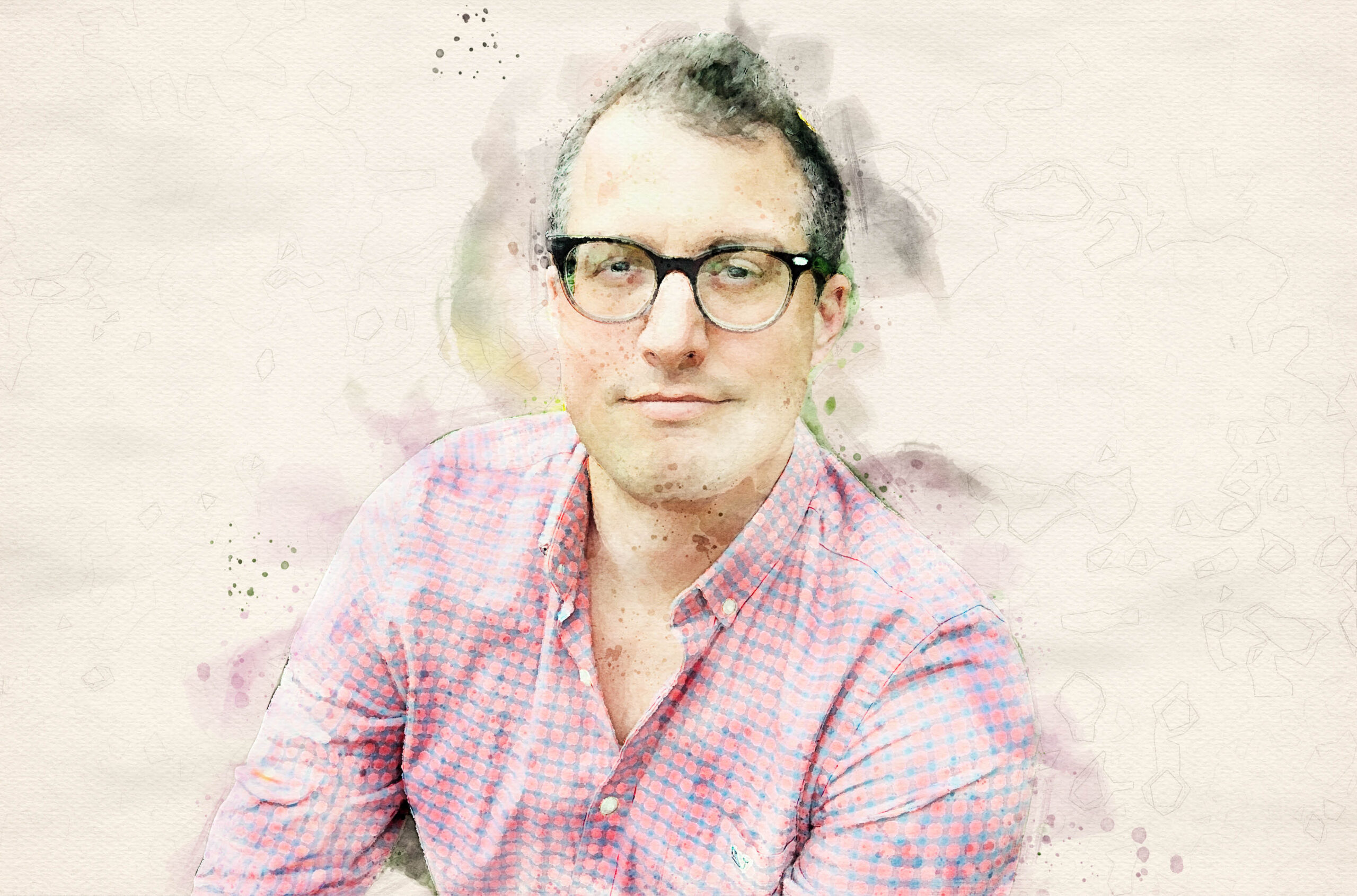Research through the lens
Photo contests are gaining in popularity as a powerful way to share and promote research.

Every summer for five years, Kayla Buhler trekked from Saskatoon to Nunavut to track packs of Arctic foxes as part of her PhD research in veterinary microbiology. Knowing this was a rare experience – not many of her colleagues at the University of Saskatchewan could say they’d been to the far north to see the wildlife up close, and certainly few people in her family understood her work as a graduate student – she started travelling to field work with a camera in hand. Through those photos, she shared her northern life with the folks back home.
On one of these research trips last summer, Dr. Buhler snapped a portrait of an Arctic fox pup at close range. “I had become very interested in the sounds that they [Arctic foxes] made and had learned how to mimic some of their calls,” she explains. Finding herself near a den, she gave one of the calls a try. To her delight, a pup came out to investigate the sound, a cross between a chitter and a coo. The photo Dr. Buhler captured then is not only a personal favourite, it’s a prize winner. This spring, it was named runner-up in the research in action category for the U of Saskatchewan’s Images of Research competition.
Images of Research launched in 2015. Daniel Hallen, who coordinates the contest for the office of the vice-president of research at U of Saskatchewan, says the pursuit of knowledge can seem inaccessible, dry and esoteric even to those inside the academy. The contest aims to challenge that view. “The competition really showcases not just the breadth and depth of the groundbreaking work that the researchers are doing, but also that there’s tremendous beauty in it,” he says.
Faculty, students, staff and alumni are invited to submit images depicting university-affiliated research along with a 120-word description and snappy title. “Researchers are habituated to writing for their own specific audience – they’re writing for journal articles, or they’re writing application documents. This is a way to step back and look at how your research can be distilled. What’s the cocktail party speech about your research?” Mr. Hallen says. “That’s a tremendous value.”
This year’s winners spanned seven categories: arts in focus (research in music, drama, art and art history, and the humanities); community impact (research done with and for community partners); from the field (field work images); more than meets the eye (images that capture detail unseen by the human eye); research in action (images that represent “what the researcher’s work is all about”); best description; viewer’s choice; and grand prize. Aside from viewer’s choice, which is decided by an online voting system, each category is judged by a panel of three volunteers representing faculty, staff and students. They evaluate submissions based on aesthetic appeal, creativity, the clarity of the description and title, and how well the image showcases the research. Category winners receive $300, runners-up get $200, and the grand prize is $500. The winners are celebrated at an event and their images are displayed in an exhibit around campus.
In addition to netting runner-up for research in action, two more of Dr. Buhler’s images – an extreme close-up of a fox’s eye and a drone photo of her research team snowmobiling across frozen lakes in the early spring thaw – won the community impact and grand prize categories, respectively. The money is a great incentive, she says – her winnings helped to offset the cost of moving for a postdoctoral fellowship at the Inland Norway University of Applied Sciences – but the public exposure is proving to be the more lasting benefit.
The university benefits too. With so much research happening across the institution, Mr. Hallen says the contest allows his office to discover projects they might not have heard about until after a journal publication, if at all. “We were finding stories that otherwise … might be flying under the radar for whatever reason,” he explains.
As a result, many of the winning images and the stories behind them have gone on to be the face of the university in communications projects of all kinds, he notes, from banners hanging around campus and website backgrounds, to print marketing materials and digital fundraising campaigns.
[masterslider id=”48″]
Photography has long been a valuable tool for knowledge-translation and scientific communication. Research image contests like U of Saskatchewan’s, however, are capitalizing on the ubiquity of smartphone cameras and image-based social media like Instagram to deepen the public interest in, and engagement with, visual science media.
In 2010, Acfas, the scholarly organization that promotes French-language research and researchers in Canada, launched a photo contest called La preuve par l’image in response to the growing importance of visual media in the sciences as well as a rise in public scholarship, says contest coordinator Johanne Lebel. Acfas embraced images as a way to hook a wide audience because of how effectively they can inspire emotion, surprise or reflection, she adds.
La preuve par l’image has since become the country’s longest running and best-known research image contest. The organization partnered with Radio-Canada’s popular science TV program Découverte in 2011 to promote the competition’s audience choice category. In 2015, Acfas joined forces with the Natural Sciences and Engineering Research Council (NSERC) to expand the contest to an English-language audience under the name Science Exposed.
Both the French and English contests accept submissions from anyone conducting research at a private or public postsecondary institution or research centre in Canada. Virtually any type of image is eligible – be it photography of any kind, images produced by optical or electronic instruments, computer-generated images, models, drawings, diagrams and the like – so long as it’s directly related to the research and comes with a short, plain-language explanation and title. Juries select 20 finalists for each competition based on the visual quality of the image and how effectively the submission illustrates the applicant’s research.
These are also the richest research image contests in the country: the French competition offers five prizes at $2,000 each, funded by NSERC, Radio-Canada and Montreal’s natural science museums. The English contest, funded by NSERC, awards four prizes of $2,000.
Winning images have been featured in exhibits at museums, postsecondary institutions, libraries, galleries and events across Canada. They have been turned into trading cards, mobile phone wallpapers and holiday cards for the federal chief science adviser’s office. In 2021, some of the images appeared in an outdoor exhibit on the Plaza Bridge in downtown Ottawa. This spring, to celebrate Acfas’s centennial, images from each edition of La preuve par l’image were projected onto the main building at Université du Québec à Montréal every night for a month.
From the quizzical look on a fox pup’s face to the intricate patterns inside a freshwater snail embryo, research images help bring complex problems like zoonotic diseases and climate change to life for the viewing public. More and more Canadian universities, scholarly associations and research-funding agencies are organizing research image contests – competitions are running now at the University of Calgary, Queen’s University, the University of New Brunswick and the University of Guelph. And even individual faculties and departments, like the faculty of arts and science at Concordia University and the Lassonde School of Engineering at York University, have launched their own iterations.
U of Saskatchewan’s Images of Research contest just had its most successful year yet, with 143 submissions and more than 2,250 votes cast in the viewer’s choice category. That’s a 50 per cent increase over what they received in the contest’s first few years, and double what they got in 2021. Submissions will likely increase as more researchers understand the value of these contests, says Mr. Hallen. And he’ll be happy to support even more researchers as they tell their stories far and wide. “It’s a privilege to get to help show this to the world,” he says.













Post a comment
University Affairs moderates all comments according to the following guidelines. If approved, comments generally appear within one business day. We may republish particularly insightful remarks in our print edition or elsewhere.